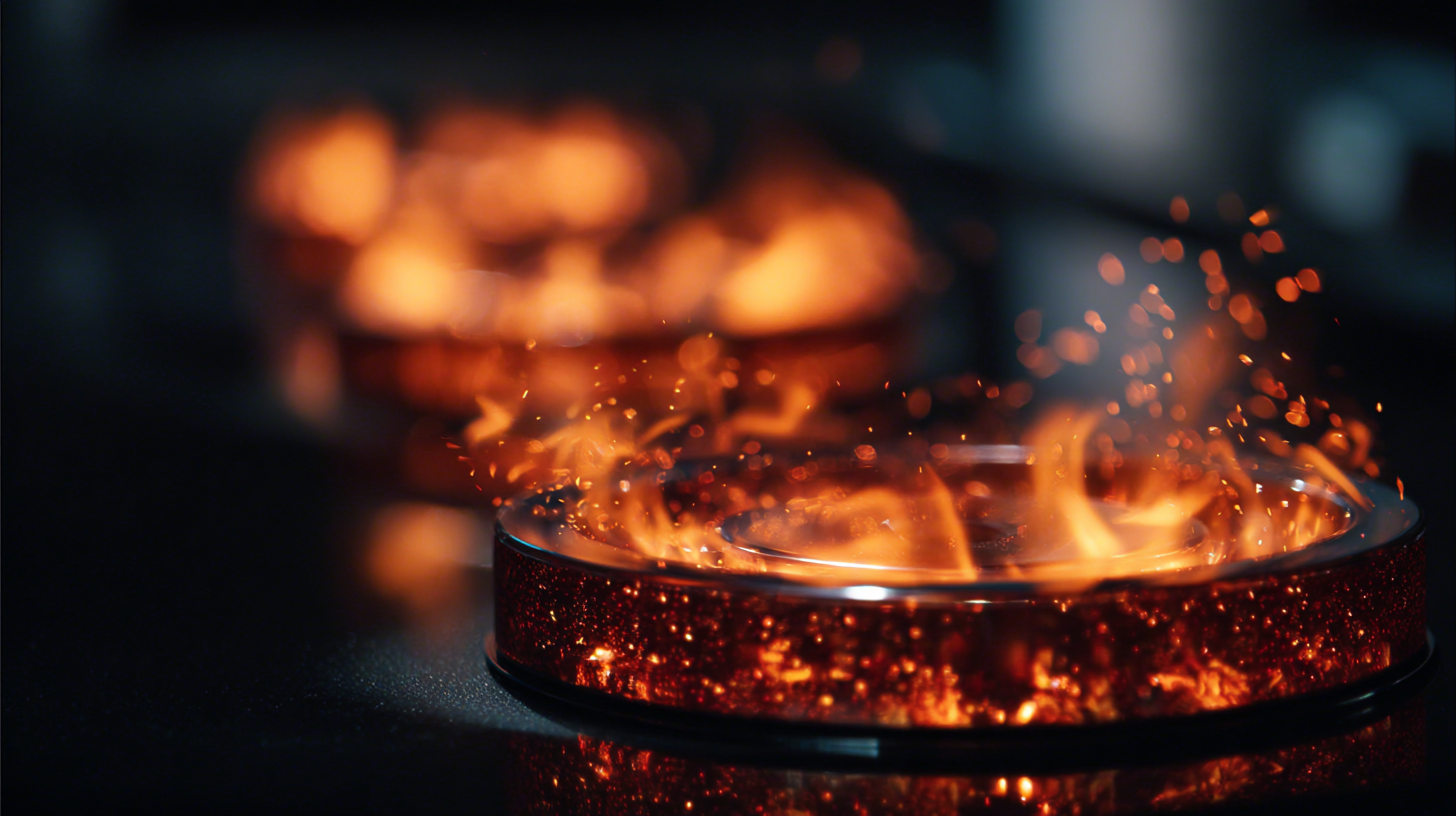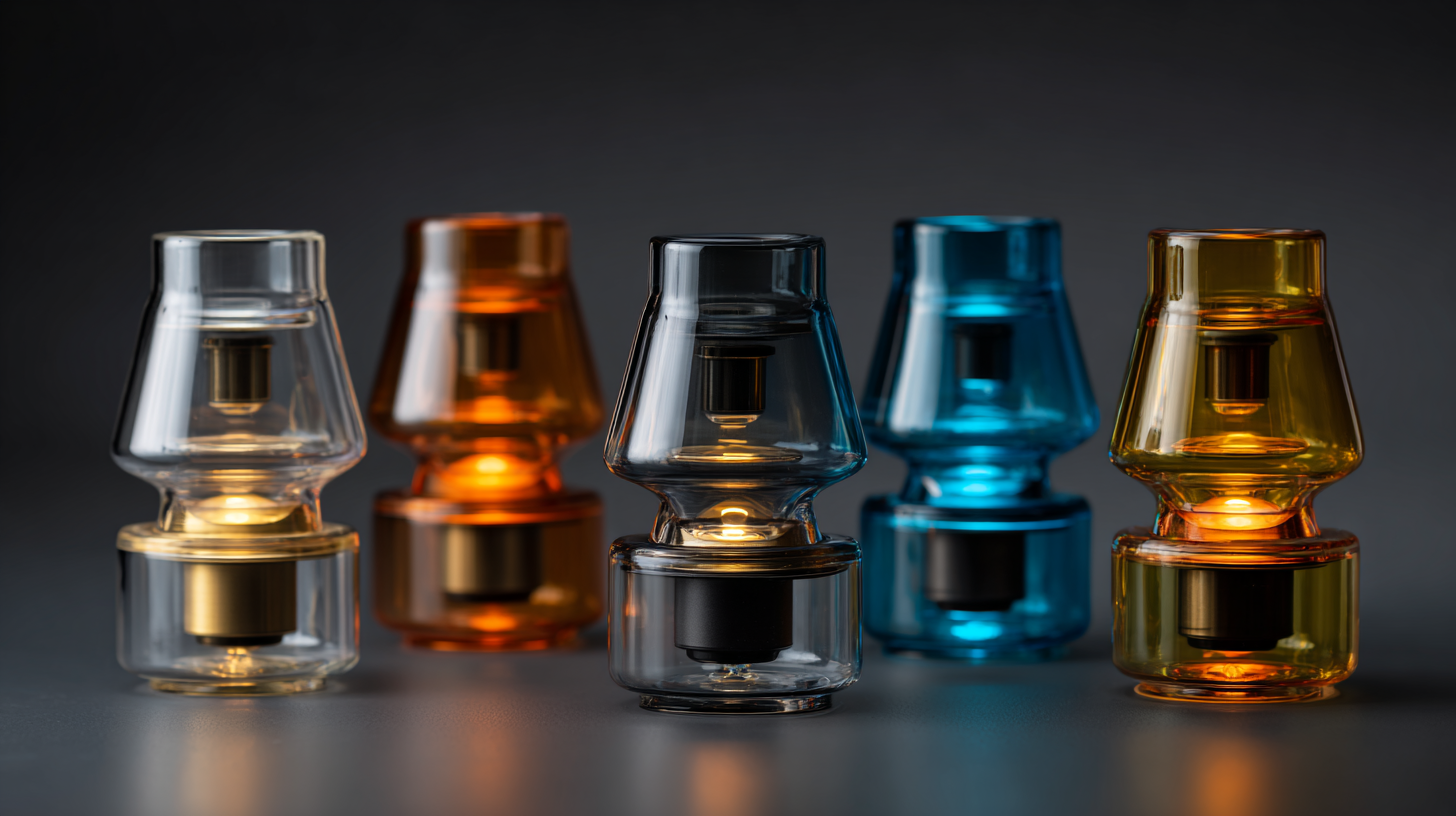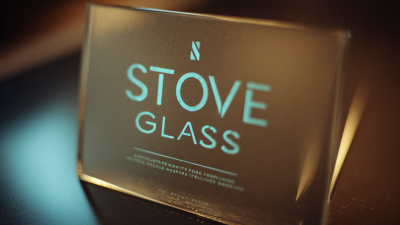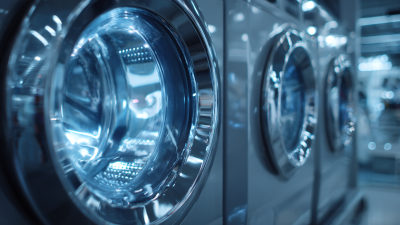
Hob Glass has emerged as a significant material in modern living, offering a blend of aesthetic appeal and practical functionality. According to a report by Technavio, the global glass market is projected to grow by over $70 billion between 2021 and 2025, highlighting an increased interest in innovative glass applications. Hob Glass, known for its durability and temperature resistance, has garnered attention in both residential and commercial settings, particularly within kitchen and interior design sectors. Its ability to withstand high temperatures makes it ideal for use in cooktops and countertops, providing a seamless blend of safety and style. As more consumers seek premium home solutions, understanding the benefits and applications of Hob Glass becomes essential for maximizing its usage in contemporary living environments. This exploration will delve into the unique properties of Hob Glass, shedding light on its transformative impacts in everyday life.

Hob glass, a specialized form of glass, has garnered attention due to its unique composition and properties, which are increasingly relevant in modern living environments. The composition of hob glass typically combines silica with various metal oxides, enhancing its durability and thermal resistance. Recent advances in glass technology highlight new compositions, such as the studies on ISG-2 and ISG-1, which reveal the importance of tailored glass formulations for achieving superior mechanical and thermal properties. These studies demonstrate how the precise manipulation of glass composition can lead to improved performance, making hob glass an essential material for innovative applications.
Moreover, ongoing research into metallic glasses, particularly CuZrAl alloys, utilizes Bayesian methods to explore their mechanical properties, emphasizing the significance of composition in determining the structural integrity and application potential of these materials. The low dielectric properties of alkali-free aluminoborosilicate glasses further illustrate advancements that can optimize glass performance in electronic applications, particularly in printed circuit boards. The interplay between composition and properties in hob glass presents a promising avenue for developing new functionalities, enhancing its utility in diverse modern applications.

Hob glass, particularly in modern kitchen applications, is celebrated for its remarkable thermal resistance and safety features. Recent advancements in glass technology have emphasized the importance of resilience under extreme conditions. Research indicates that thermally tempered laminated glass exhibits unique expansion behaviors when subjected to asymmetric fractures, ensuring integrity and durability during cooking processes. This property is crucial, as it minimizes the risks of shattering under thermal stress, which is a common concern in traditional cooking surfaces.
In addition, the integration of fire-resistant glass standards has been a focal point for ensuring safety in households and commercial environments. Collaborations with regulatory bodies have led to refined guidelines for fire-resistant glazing, paving the way for safer cooking and heating applications. These innovations not only protect users from potential hazards but also enhance the overall functionality of kitchen spaces. As such, the advancements in hob glass technology exemplify a convergence of safety and efficiency, contributing to a more secure culinary experience.
Hob glass, a revolutionary material in modern kitchen design, is gaining traction due to its unique properties and aesthetic appeal. This type of glass is not only durable but also offers excellent heat resistance, making it an ideal choice for cookware and kitchen surfaces. As the glass cookware market is expected to reach $709.27 million by 2032, it highlights the growing demand and innovative applications of hob glass in contemporary kitchens, where style meets functionality.
One of the standout features of hob glass is its ability to enhance the overall cooking experience while maintaining a sleek, modern aesthetic. Its transparent nature allows users to monitor cooking processes effortlessly, providing both practicality and elegance. Additionally, hob glass is easy to clean, promoting a hygienic environment in any kitchen.
Tips for incorporating hob glass into your kitchen:

When considering modern cookware options, hob glass emerges as an innovative material that stands out due to its unique blend of durability and aesthetics. Unlike traditional options such as stainless steel or ceramic, hob glass boasts a non-porous surface that resists staining and is remarkably easy to clean. This quality not only enhances the cooking experience but also promotes sustainable living by reducing the need for harsh chemicals and extensive maintenance.
Moreover, hob glass is designed to withstand extreme temperatures and thermal shock, making it a safe choice for a variety of cooking methods. In comparison to other materials that may leach chemicals or are prone to scratching, hob glass ensures that no harmful substances enter food during the cooking process. Its inherent resistance to wear reinforces its longevity, aligning well with the principles of sustainable living by decreasing the need for frequent replacements. As more individuals seek eco-friendly kitchen solutions, hob glass emerges as a compelling alternative that harmonizes functionality with environmental responsibility.
Maintaining hob glass requires careful attention to detail to ensure longevity and optimal performance. Hob glass, known for its sleek appearance and resilience, is a popular choice in modern kitchens. However, improper cleaning practices can lead to scratches and clouding, diminishing both aesthetic appeal and functionality. According to industry reports, nearly 30% of homeowners inadvertently damage their glass stovetops by using abrasive cleaning tools or harsh chemical cleaners. To prevent this, it's essential to use eco-friendly and natural cleaning products that are effective yet gentle.
Using techniques like a mixture of vinegar and baking soda can effectively remove stubborn stains without jeopardizing the glass surface. Additionally, avoiding the use of cookware with rough bottoms helps preserve the integrity of the hob glass. A recent survey revealed that more than 60% of consumers are now leaning towards environmentally safe cleaning solutions, recognizing the importance of both health and sustainability in their homes. By implementing these best practices, not only can you extend the life of your hob glass, but you also contribute to a healthier environment.





